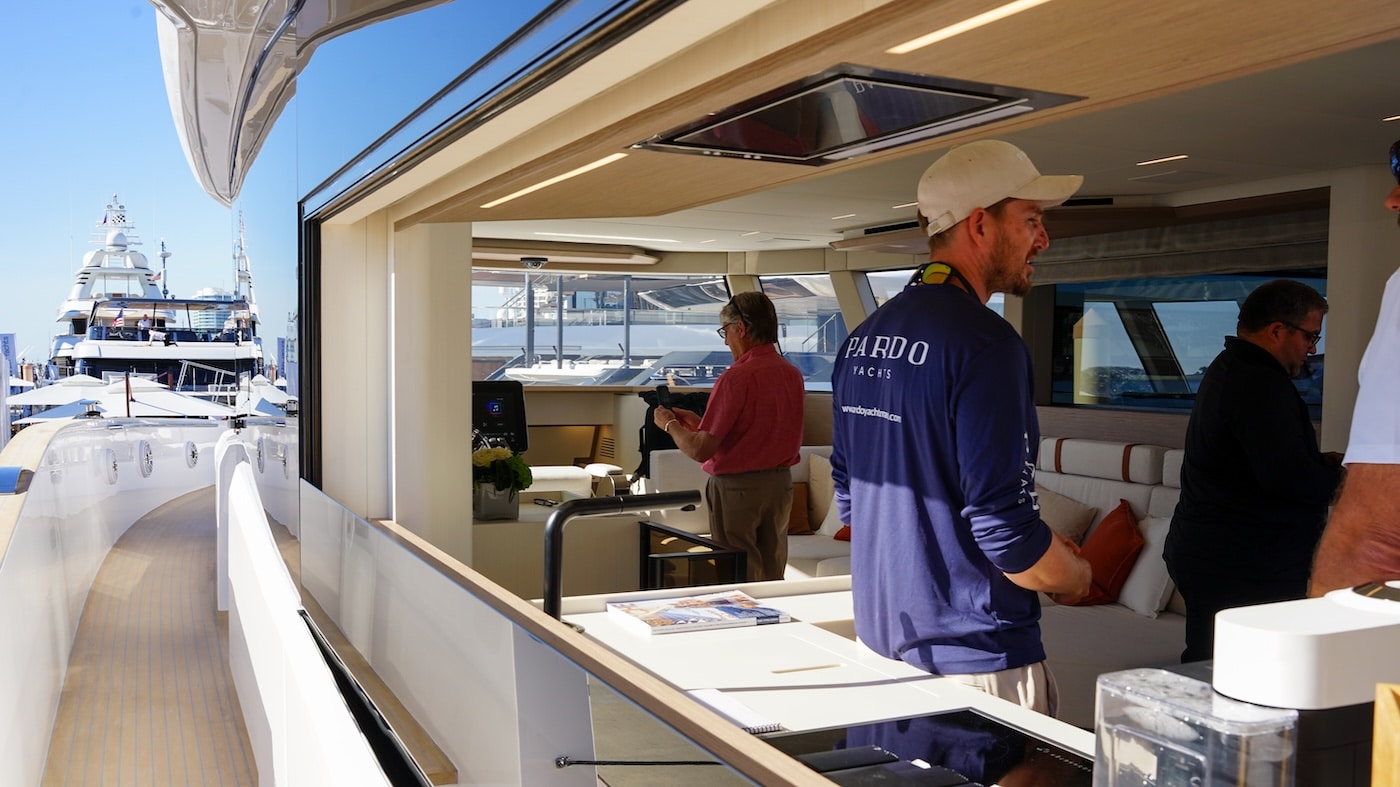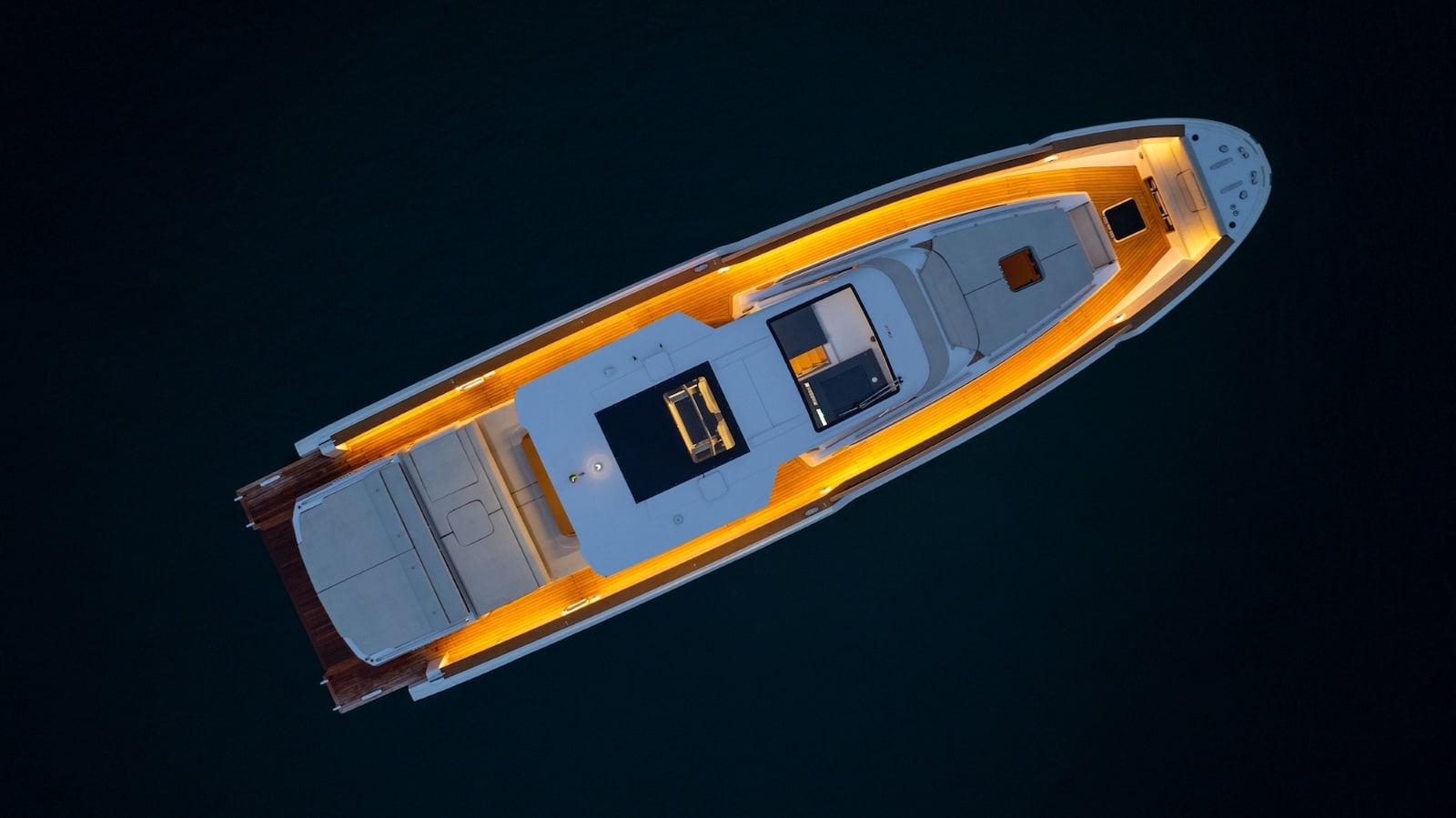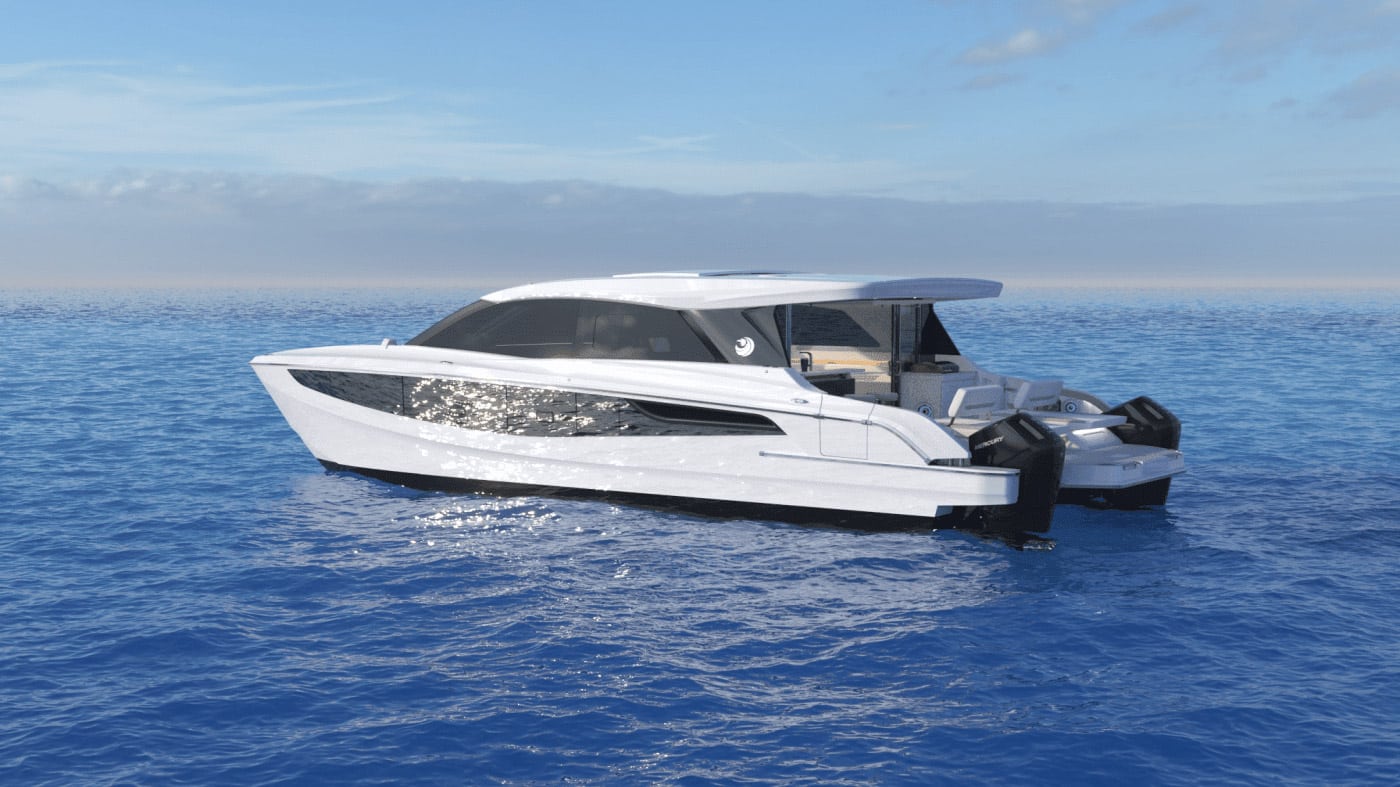Tradition through sea myths and superstitions
In ancient times, the building of a boat followed strict rituals of deep sacredness. These were times when the gods decided the life and death of men, times when their favour decreed the success or otherwise of exploits, battles, harvests, love affairs, voyages. In short, times when the captatio benevolentie changed the fate of human beings. Building a boat and sailing the sea’s waters meant challenging Poseidon. The Hybris, the proud human hubris, against the Tisis, the divine punishment.
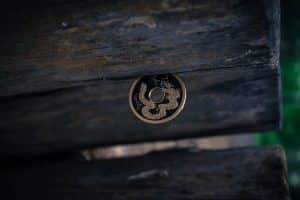
Various ceremonies, 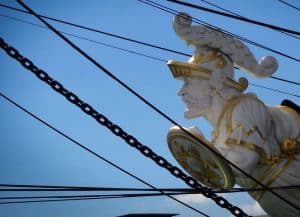
The tradition of figureheads, on the other hand, has been lost over the centuries. It was the Vikings who introduced the use of wooden structures placed at the prow of the ‘Drakkar’, although going back in time, the Greeks hoisted the goat’s fleece at the prow. Traditions, Greek mythology and legends often merge and it is difficult to find their sources, so they become simple beliefs or superstitions.
Popular maritime beliefs are countless, many well known, others less so, some sensible, others funny. The green that is absolutely forbidden on boats seems to derive from the oxidation of copper nails in ancient vessels: who would ever have undertaken a voyage on a rickety ship? Shoes are not worn on board, in truth only the ‘festive’ ones, i.e. new ones, because tradition dictates that it is the deceased who wears new shoes. It’s a short step from ‘deceased’ to ‘superstition’! And be absolutely sure not to say goodbye to a dock… someone might tell you to get lost!




















